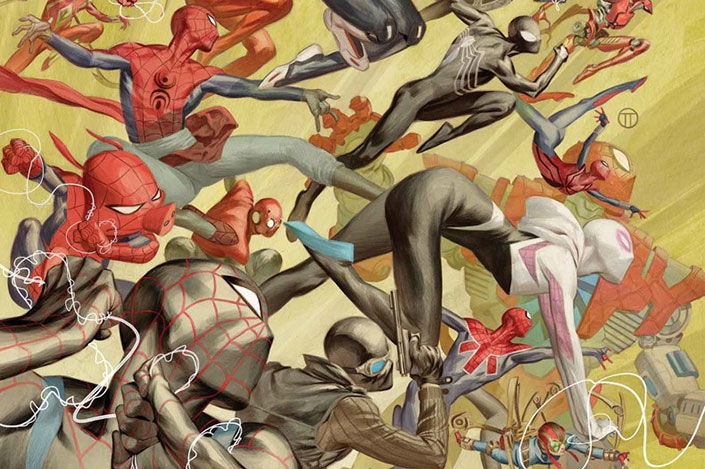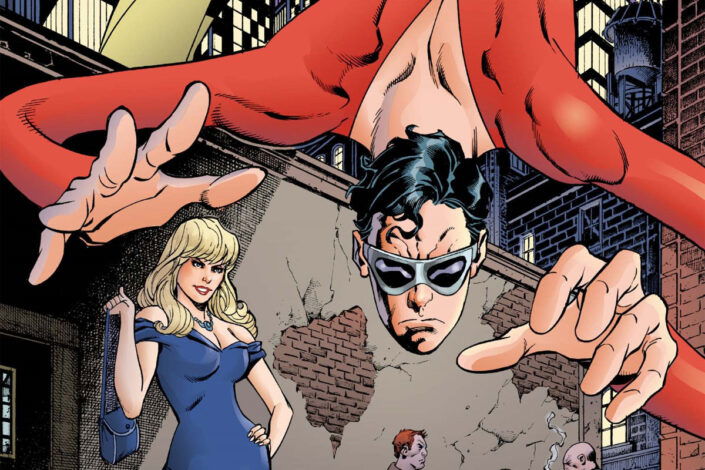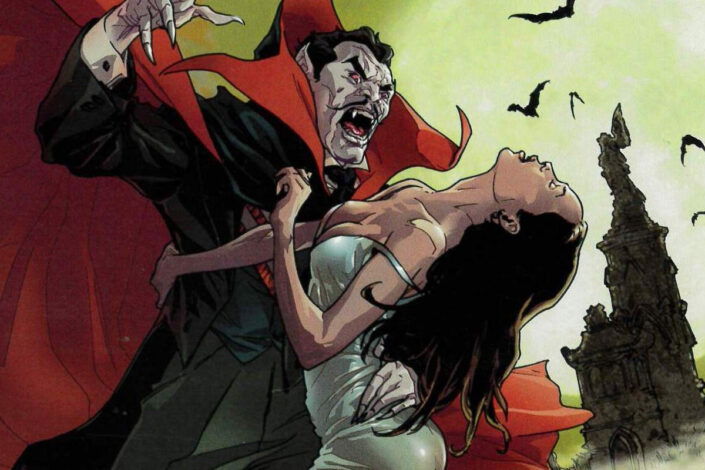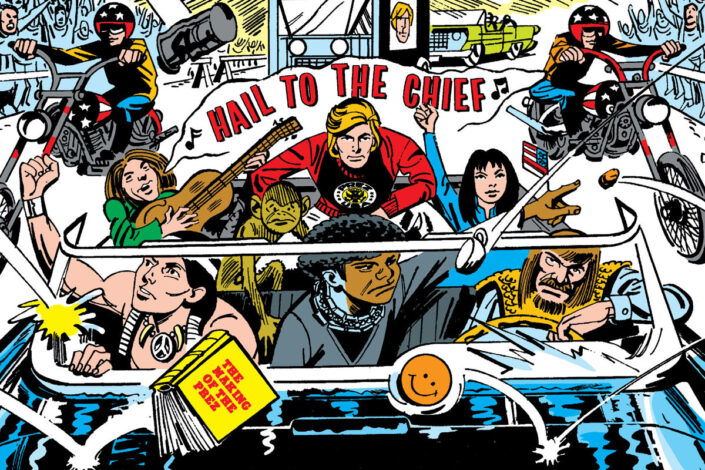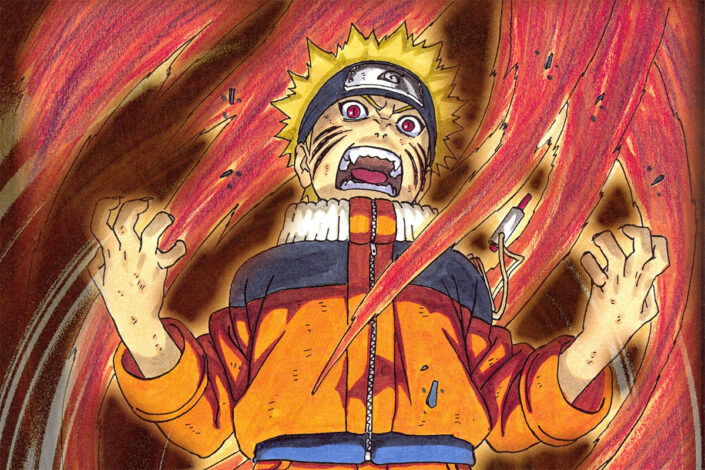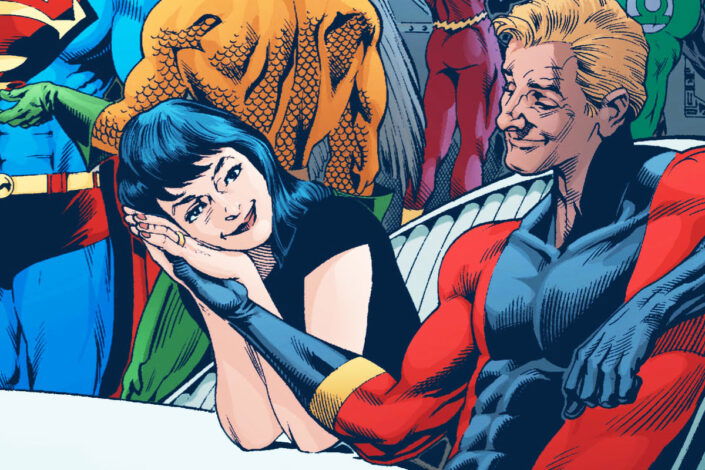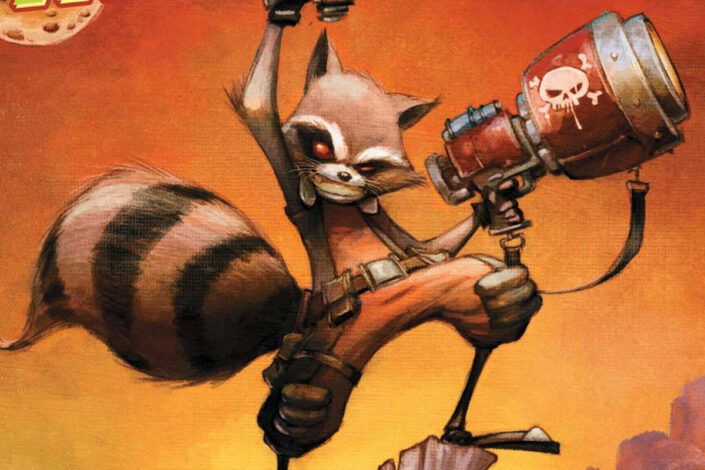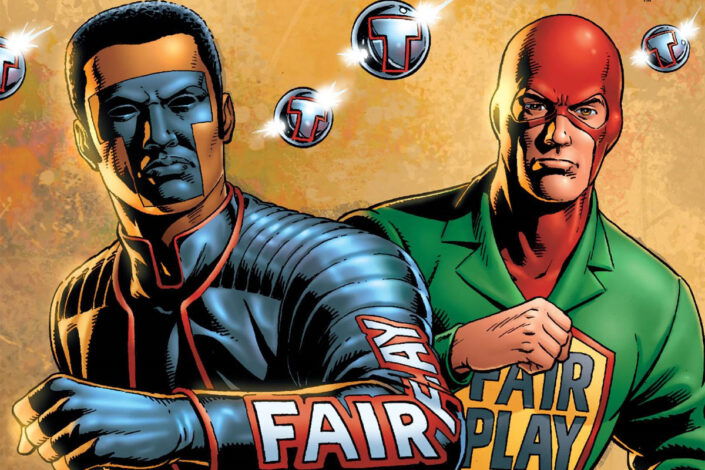Deathlok Reading Order, Marvel’s Deadly Cyborgs
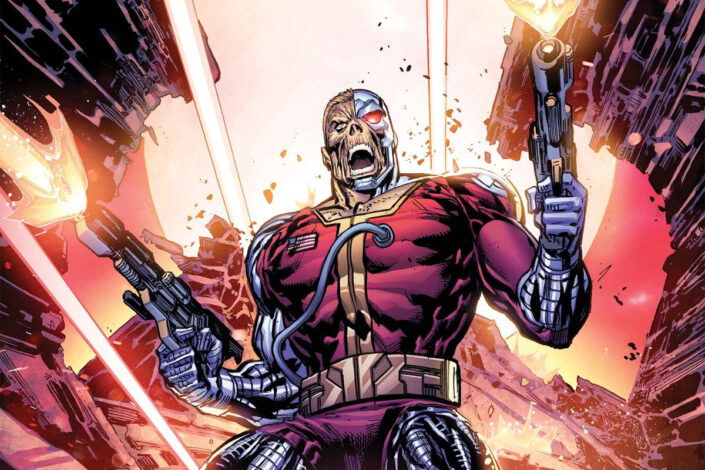
Not to be confused with DC’s Deadshot or Deathstroke, Deathlok is a Marvel Comics character. In fact, it’s the codename of more than one character. The First one was created by cartoonist Rich Buckler in Astonishing Tales #25 (he plotted and pencilled it, Doug Moench wrote the script and suggested the name), in 1974, the same year as The Punisher and Wolverine. Marvel was into violent warriors at the time and The Six Million Dollar Man TV Show had popularized the concept of a cyborg just a few months earlier.
Known at first as Deathlok the Demolisher, Luther Manning was an American soldier who was killed and subsequently brought back to life by Simon Ryker who transformed him into a cyborg. This takes place in a dystopian future: 1990. He escaped Ryker’s control and fought against him, up until the end of his Astonishing Tales run when he was sent back in time to the regular Marvel timeline. This was only the beginning for him as he got to meet other Marvel heroes, and eventually went back to his timeline.
Manning was just the first. Through the years, Michael Collins, Jack Truman, Rebecca Ryker, Henry Hayes, and Jemma Simmons used the “Deathlok” identity. They mostly followed the same route, dead humans reanimated as cyborgs.
